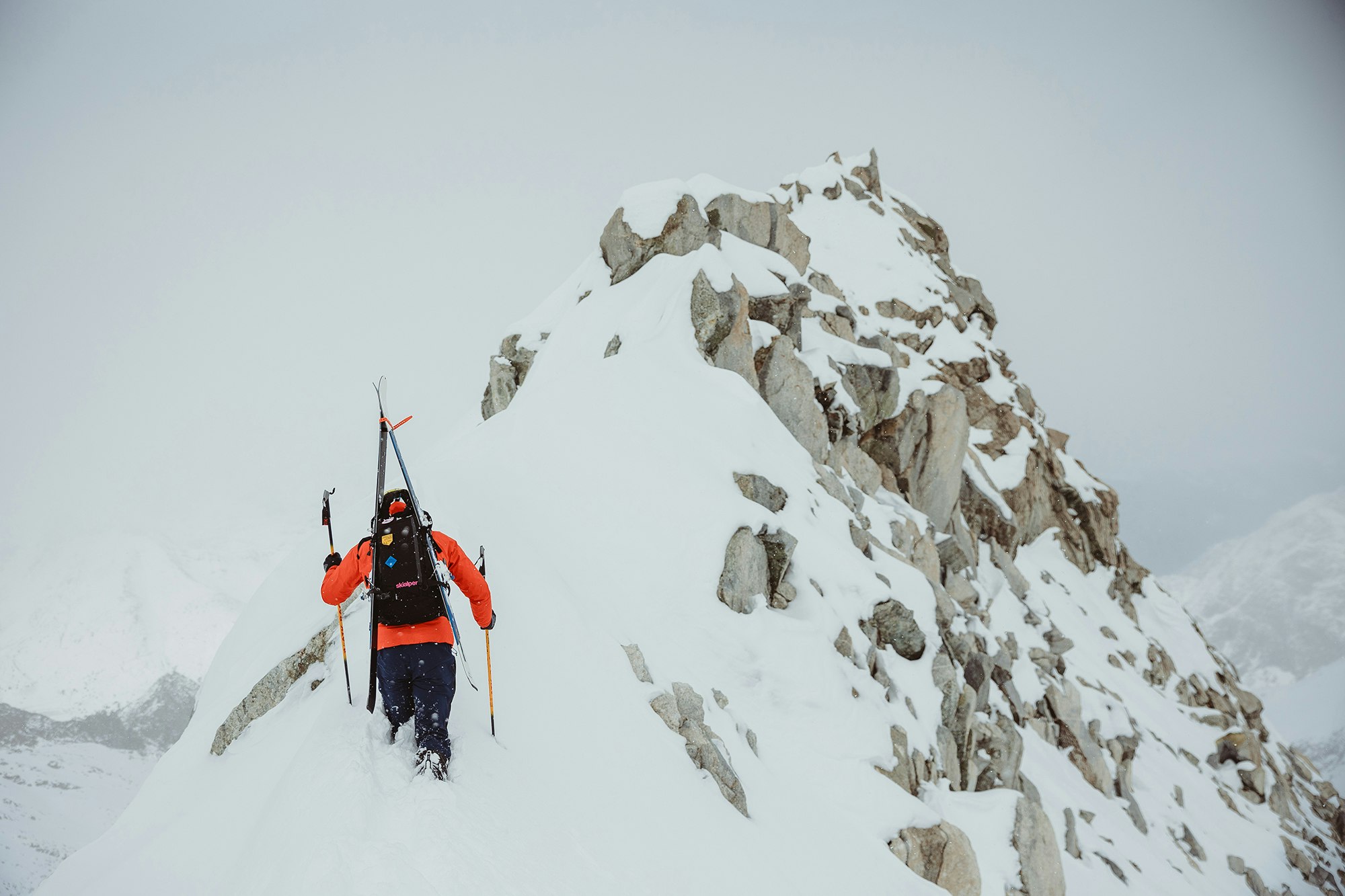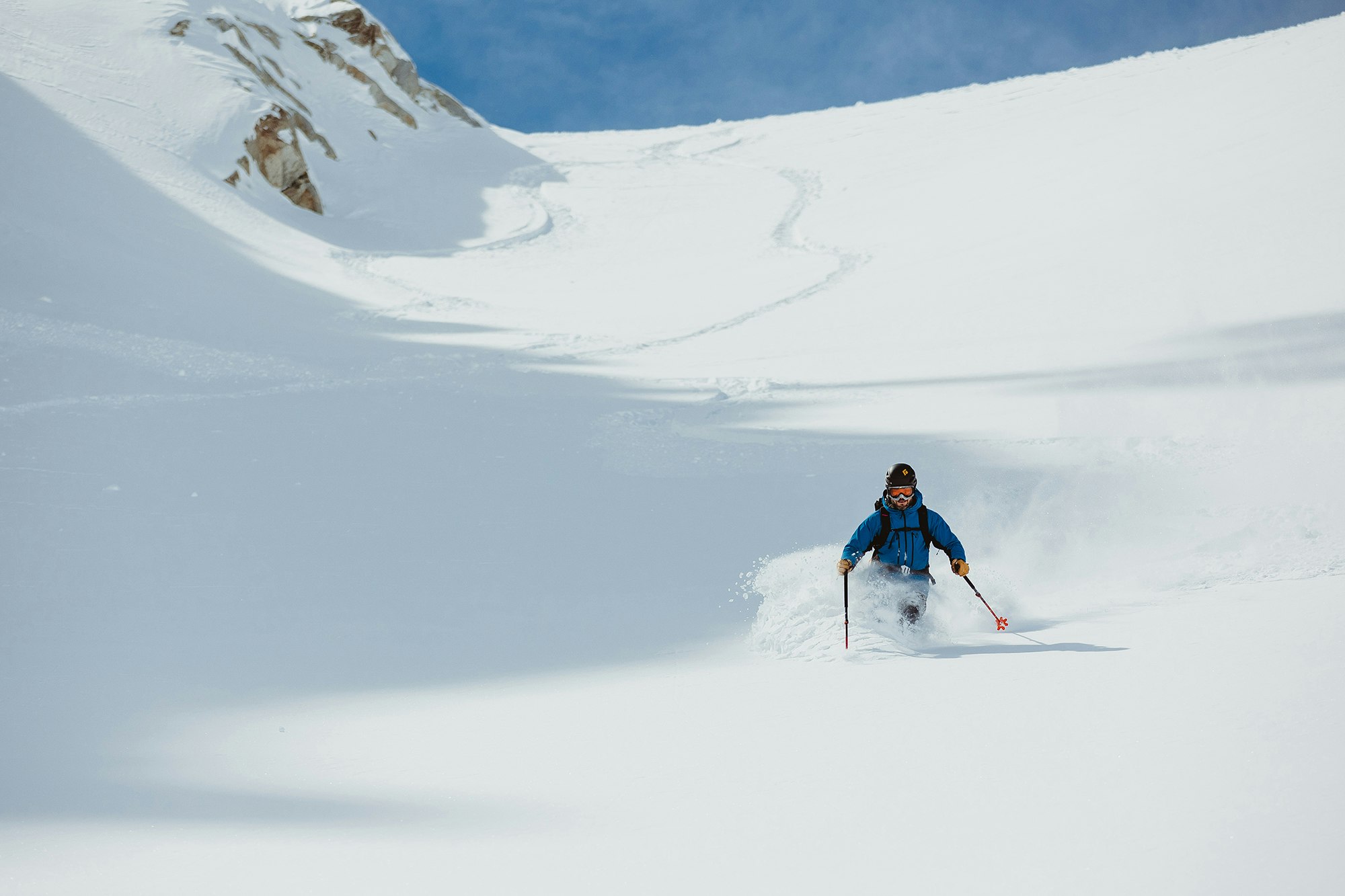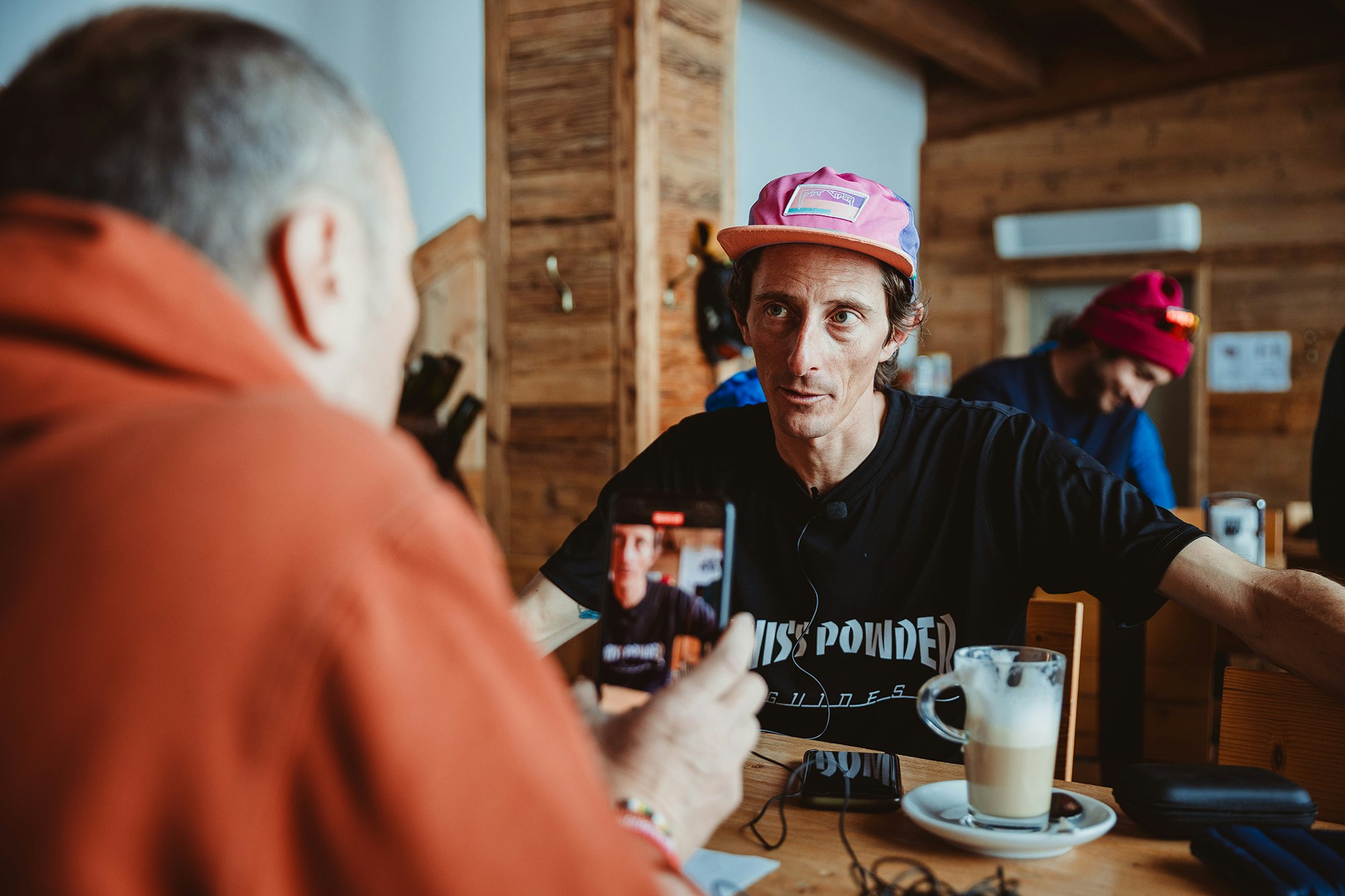Light skis, boots & Bindings
How lightweight products are changing
- Author: Claudio Primavesi
- Photographer: Nicola Damonte

Light what? It used to be that light touring was just for a close-knit group of competitors using race gear, or for former racers looking for the same feel without worrying about times or rankings. Today, light touring is about so much more. This shift has gone hand in hand with changes in technology. Nowadays, light touring isn’t just for retired pros (although this group is increasing in numbers as skimo racing declines) looking to go faster. It’s also for anyone wanting to climb higher or put more miles on their skis each season. Then, of course, there are the easy-going skiers who have already put in their fair share of miles over the years and are looking for lightweight kit to not have to work so hard. Or what about fans of fitness touring? These skiers may not be looking for the thrill of some deep pow, but just want to get to the top of a fun slope that isn’t too hard. And last but not least, there are the steep freaks and hard-core ski mountaineers who need a lightweight ski to carry on their backs. To serve all these needs, you need a ski for controlled, tight turns, and even a bit of sliding for the less experienced skiers. For the hard-core group, you need good snow feel and not too much sidecut.

Add lightweight and agility, with our without the skis, and you have all the ingredients demanded by today’s light tourer. The expansion of light touring came about at the same time as a significant change in the skis themselves.
As skis have gotten fatter, we have also seen an end to the pursuit of lightness at all costs. It may seem a contradiction in a segment that’s all about being light, but the most popular skis are now those that are right at the edge of the more traditional touring skis. A few extra grams for skis that are right around that much-lauded one-kilo mark gives you a lot more in skiability without costing you much more energy on the climb. This means more fun on the descent and also less effort to control your skis as you head back down the slope.

In other words, a ski that, just a few seasons ago, would have been called a touring ski (without the technological evolution that made this transformation possible in the first place) is now being considered light touring. At the same time, waist widths have kept getting fatter, which has made these skis even more versatile. And these trends have had an impact on most of the light touring world. This is why the subcategory “Light+” that we’d created for the previous edition of the Buyer’s Guide has now been incorporate by rights into light touring as a whole, given that it accounts for a significant chunk of the category.
Share this article

